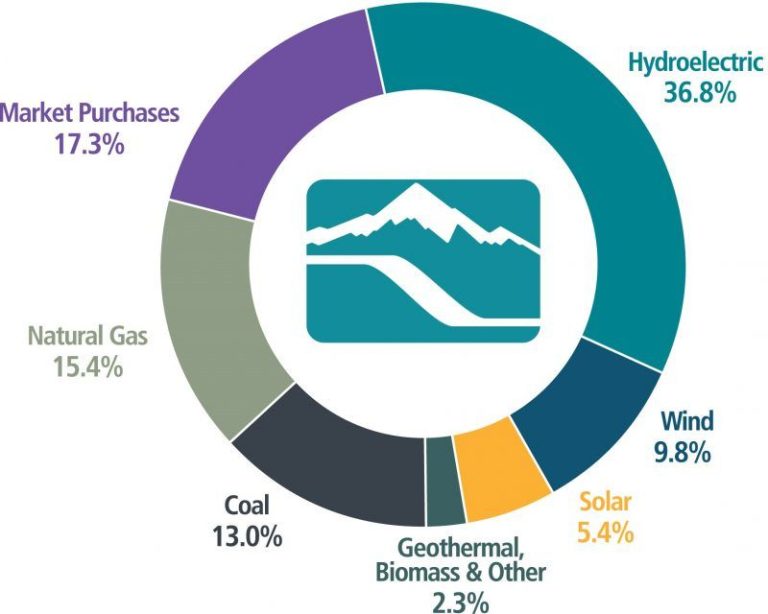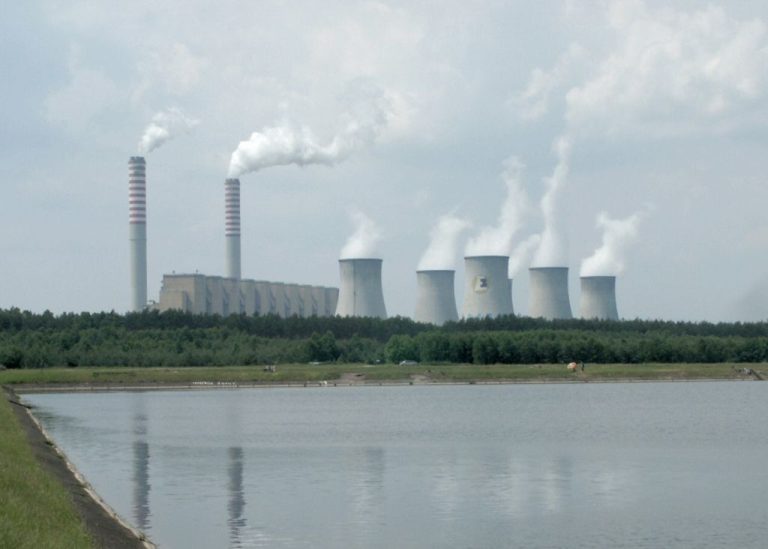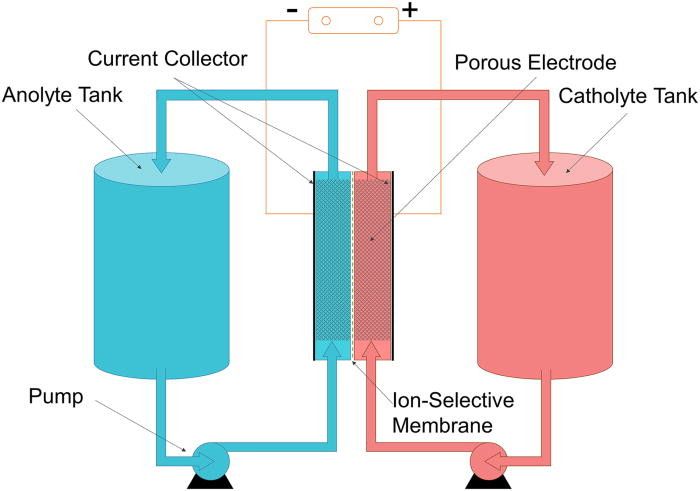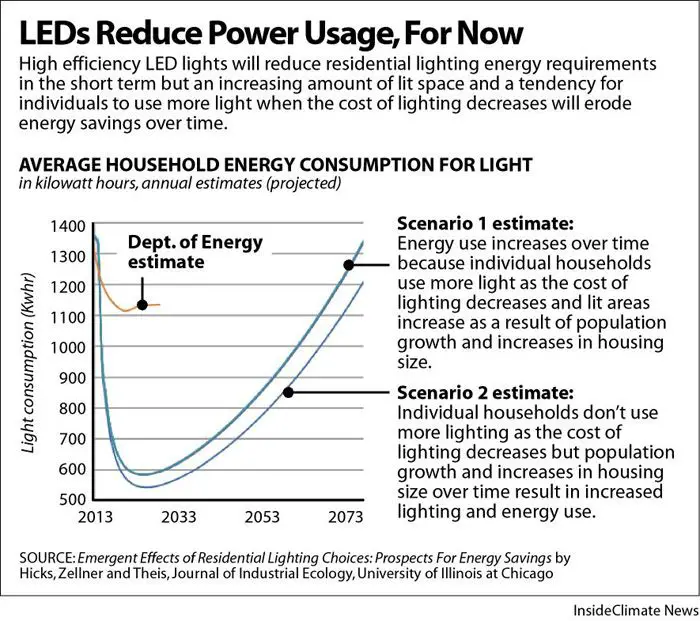What Is Kinetic Energy And Potential Energy?
Energy is the ability to do work or produce heat. In physics, energy comes in different forms that can be transferred between objects and converted from one form to another. There are two main types of mechanical energy that are important in physics: kinetic energy and potential energy.
Kinetic energy is the energy an object has due to its motion. Any object with mass in motion has kinetic energy. The faster the object moves, the more kinetic energy it has. Potential energy is stored energy an object has due to its position or state. There are different types of potential energy depending on the forces involved, such as gravitational potential energy from gravity or elastic potential energy from deformation of an elastic object.
Kinetic and potential energy are important because they can be converted into each other and transfer between objects in a system. The total mechanical energy remains constant in a closed system, which is known as the conservation of mechanical energy. Understanding the relationship between kinetic and potential energy and how they convert provides insights into mechanical systems in physics.
Kinetic Energy
Kinetic energy is the energy an object possesses due to its motion. The faster an object moves, the more kinetic energy it has. Kinetic energy is directly proportional to the object’s mass and the square of its velocity.
For example, a car moving at 100 km/h has more kinetic energy than a car moving at 50 km/h. This is because the faster moving car’s velocity is higher. Doubling the car’s speed quadruples its kinetic energy.
The formula for kinetic energy is:
Kinetic Energy = 1/2 x mass x velocity^2
Other examples of kinetic energy include:
- A soccer ball being kicked
- Wind blowing across a field
- A bicycle being pedaled
In each case, motion causes the object or material to have kinetic energy.
Potential Energy
Potential energy is the stored energy an object has because of its position or state. For example, a ball held at the top of a ramp has potential energy due to gravity acting on its elevated position. When released, this potential energy gets converted to kinetic energy as the ball rolls down the ramp.
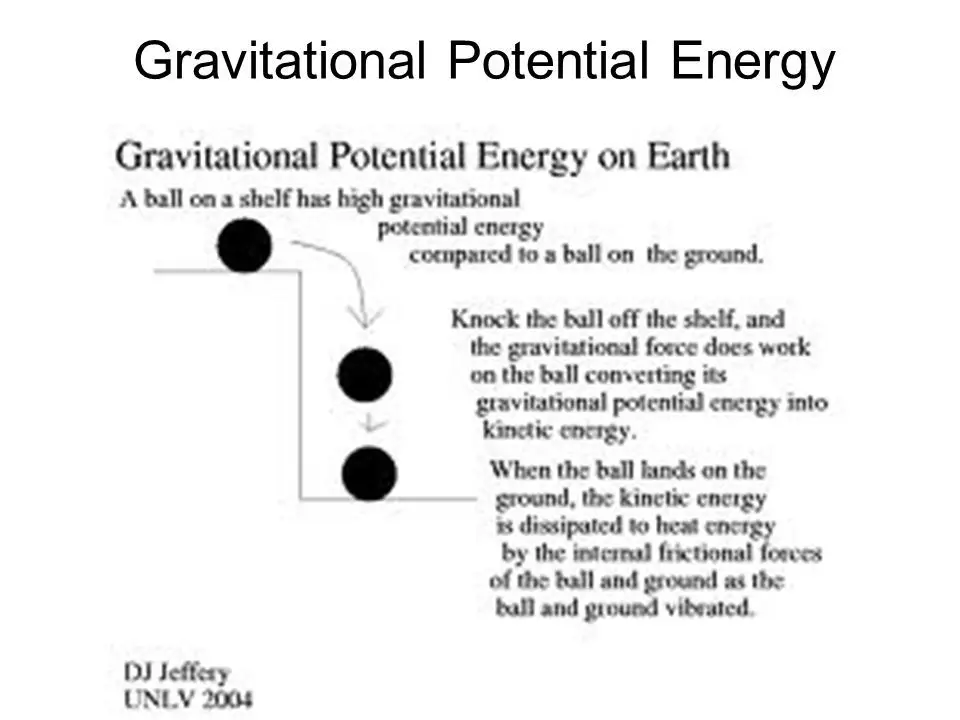
Potential energy can take several forms:
- Gravitational potential energy: Objects have gravitational potential energy proportional to their mass and height above the ground.
- Elastic potential energy: Stretched or compressed springs and other elastic materials have elastic potential energy proportional to the deformation of their shape.
- Chemical potential energy: Substances like gasoline and batteries store chemical potential energy that can be released in chemical reactions.
The key aspect of potential energy is that it is stored in an object and can later be released to do work. For example, holding a book above the ground gives it gravitational potential energy. Dropping the book allows this potential energy to be converted into kinetic energy – the energy of motion. Potential energy is thus closely related to an object’s position or configuration, and the forces like gravity or springs acting on it.
Relationship Between Kinetic and Potential Energy
Kinetic and potential energy are closely related to one another and can convert back and forth between the two forms. Kinetic energy is the energy of motion and potential energy is stored energy that has the potential to do work.
In many systems, kinetic and potential energy can interchangeably convert between the two forms while the total mechanical energy remains constant. Some examples of this energy conversion include:
- A ball held at a height has potential energy due to gravity. When dropped, the potential energy converts into kinetic energy as the ball accelerates downward due to gravity. The kinetic energy increases as the ball picks up speed.
- A compressed spring has potential energy stored in it. When released, the spring’s potential energy converts into kinetic energy as it decompresses and propels objects outward.
- Water held behind a hydropower dam has potential energy. When released through the dam, the water’s potential energy converts into kinetic energy as it flows downstream and turns the turbines to generate electricity.
- A pendulum bob at the top of its arc has gravitational potential energy. As it swings downward, this potential energy converts into kinetic energy. At the bottom of the swing, it has maximum kinetic energy and minimum potential energy. As it swings upward, the kinetic energy converts back into potential energy.
In each example, there is a continuous interconversion between potential and kinetic energy while the total mechanical energy remains the same. This relationship demonstrates that potential and kinetic energy are two forms of the same overall quantity of mechanical energy.
Mechanical Energy
Mechanical energy is the sum of an object’s kinetic and potential energy. Kinetic energy is the energy associated with motion, and potential energy is stored energy due to an object’s position or configuration. When an object is in motion, it has kinetic energy. When an object is stationary but has the potential to move, it has potential energy.
For example, a ball at the top of a ramp has potential energy due to its position at a height above the ground. When released, the ball will roll down the ramp, gaining kinetic energy as it speeds up. The sum of the ball’s potential and kinetic energy at any point is its mechanical energy. Assuming no friction, the total mechanical energy of the ball remains constant. However, the proportions of kinetic and potential energy shift – as the ball’s potential energy decreases going down the ramp, its kinetic energy increases.
Mechanical energy is conserved in isolated systems with no external forces. The exchanges between potential and kinetic energy demonstrate the principle of conservation of mechanical energy. This concept has many important applications in physics and engineering. Analyzing mechanical energy is a useful approach for modeling motion, forces, and energy transfers in mechanical systems.
Conservation of Mechanical Energy
The principle of conservation of mechanical energy states that in an isolated system that is not subject to any external forces, the total mechanical energy remains constant over time. Mechanical energy refers to the sum of an object’s kinetic energy and potential energy.
Kinetic energy is the energy associated with motion. Potential energy is stored energy that depends on an object’s position or arrangement. The conservation of mechanical energy means that the total kinetic and potential energy in a closed system always stays the same.
For example, consider a roller coaster car traveling along a track. At the top of a hill, the car has maximal potential energy and minimal kinetic energy. As the car rolls down the hill, it loses potential energy but gains kinetic energy. However, the total amount of mechanical energy remains unchanged. The potential energy is converted to kinetic energy as the car moves, but no mechanical energy is gained or lost in the process.
Another example is a pendulum swinging back and forth. At the endpoints of the swing, the pendulum has maximum potential energy and no kinetic energy. At the lowest point of the swing, it has maximal kinetic energy and minimal potential energy. The exchange between potential and kinetic energy allows the pendulum to swing, but the total mechanical energy always stays constant.
Understanding conservation of mechanical energy allows us to analyze the conversion between different forms of energy in closed systems. It is a fundamental concept in physics with many real-world applications in engineering and technology.
Forms of Potential Energy
There are several forms of potential energy based on the factors that influence the energy’s state or position.
Gravitational Potential Energy
Gravitational potential energy depends on the height of an object above the ground. The higher the object, the greater its gravitational potential energy. When the object falls, this potential energy converts into kinetic energy.
Elastic Potential Energy
Elastic potential energy refers to the potential energy stored in elastic materials that are deformed. For example, a stretched rubber band has elastic potential energy. When released, the rubber band’s shape restores and the stored elastic potential energy transforms into kinetic energy.
Chemical Potential Energy
Chemical potential energy exists in the bonds between atoms and molecules. Chemical reactions like combustion convert this chemical potential energy into kinetic energy in the form of heat and light.
Nuclear Potential Energy
Nuclear potential energy arises from the strong nuclear forces binding protons and neutrons inside an atom’s nucleus. Nuclear fission and fusion reactions release this potential energy.
Electrical Potential Energy
Electrical potential energy comes from the separation of positive and negative charges. It can convert into kinetic energy through the flow of electrons in a circuit.
Examples of Kinetic and Potential Energy
Kinetic energy is the energy of motion. Some everyday examples include:
- A moving car has kinetic energy due to its motion.
- A baseball thrown by a pitcher has kinetic energy.
- Water flowing down a waterfall has kinetic energy.
- Wind has kinetic energy due to the motion of air molecules.
Potential energy is stored energy that has the potential to become kinetic energy. Some everyday examples are:
- A book sitting on a table has potential energy due to gravity. If it falls off the table, the potential energy is converted into kinetic energy.
- A stretched rubber band has potential energy. When released, the potential energy is converted into kinetic energy as the rubber band springs back.
- Water held behind a dam has potential energy. When released through the dam, the water’s potential energy becomes kinetic energy.
- Chemical energy stored in batteries is a form of potential energy. This can be converted into kinetic energy to power devices.
In each example above, there is a transfer between potential and kinetic energy during everyday events and processes.
Applications
Kinetic and potential energy concepts are widely applied in many fields and everyday life. Here are some key examples:
Physics – Kinetic and potential energy are core concepts in physics and mechanics. They help describe and quantify the energy stored in or motion of objects. This provides insights into how mechanical systems function.
Engineering – Engineers apply kinetic and potential energy principles in designing everything from rollercoasters to power plants. This helps predict performance and ensure safe operation.
Biology – Living organisms rely on converting chemical potential energy from food into kinetic energy for motion. Understanding these energy transfers provides insight into biological processes.
Sports Science – Analyzing the kinetic and potential energies of athletes’ bodies helps optimize performance. Sports scientists study factors like stride length, jump height, and release angle.
Architecture – Potential energy considerations like gravity and weight distribution are factored into architectural designs to ensure structural integrity.
Everyday Examples – We witness kinetic energy (cyclists pedaling) and potential energy (rollercoasters cresting hills) conversions constantly. Applying energy concepts helps explain common phenomena.
Conclusion
To summarize some of the key points about kinetic energy and potential energy:
Kinetic energy is the energy of motion. The faster an object moves, the more kinetic energy it has. Potential energy is stored energy that an object has based on its position or state. Gravitational potential energy, elastic potential energy, and chemical potential energy are some examples.
Kinetic and potential energy are important concepts in physics and engineering. They are forms of mechanical energy and can be converted into one another. For example, when you lift an object upwards, you are converting kinetic energy into gravitational potential energy. When the object falls back down, that potential energy is converted into kinetic energy.
The law of conservation of energy states that the total mechanical energy in a closed system remains constant. Energy can transform between kinetic and potential, but the total amount of energy stays the same. This important law enables all kinds of machinery and technology to function.
Understanding kinetic and potential energy allows us to predict the behavior of objects and systems. We can calculate the kinetic energy based on an object’s mass and velocity, and the potential energy based on factors like height, spring compression, and chemical composition. These concepts have many useful applications in science and engineering.

